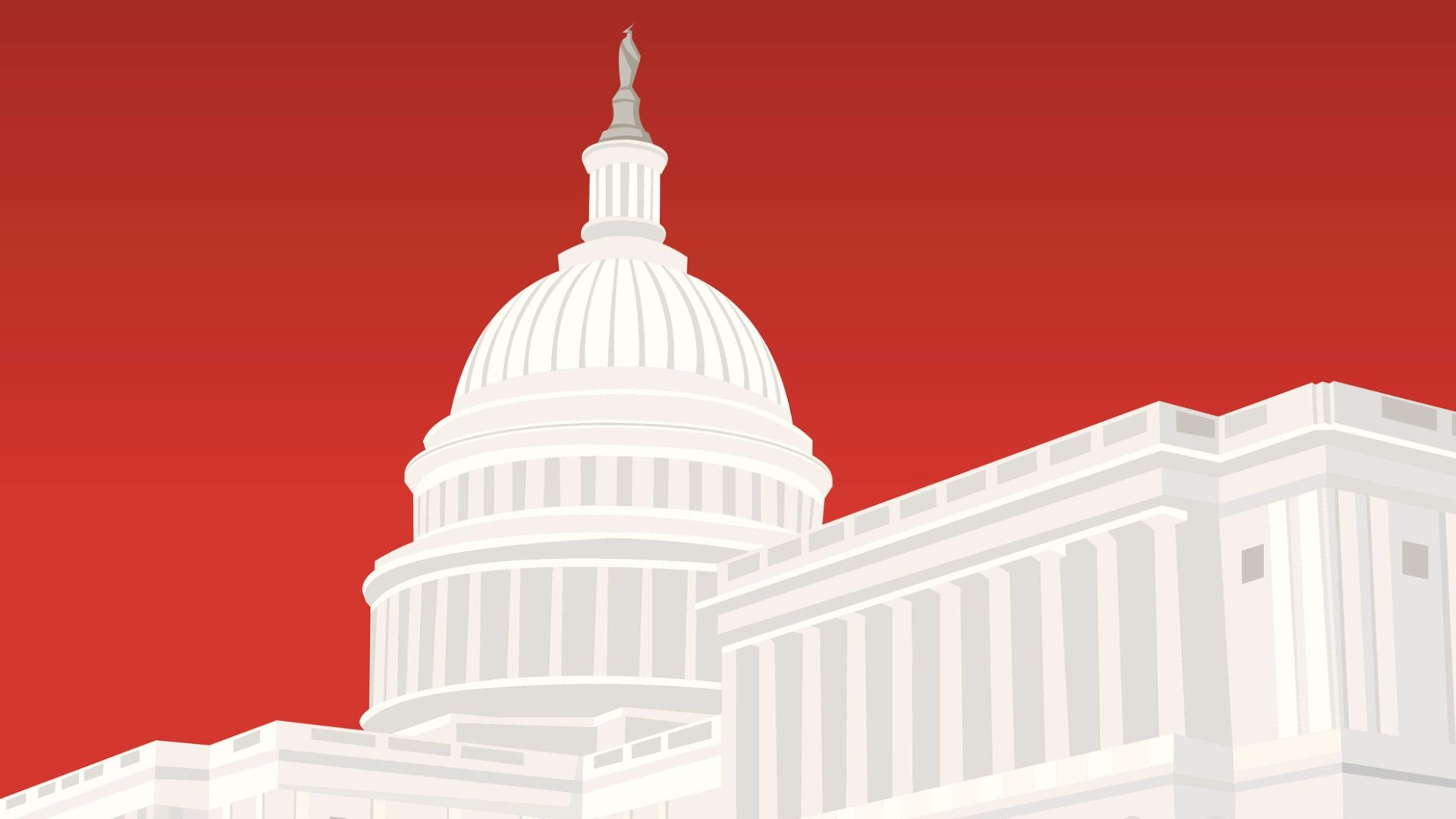Medicare beneficiaries stand to lose access to two key virtual care programs that the federal government has offered since the start of the pandemic if the government shuts down on Tuesday at midnight.
The Medicare telehealth waivers and Acute Hospital at Home (AcHaH) programs are set to expire Oct. 1 unless Congress passes a short-term government funding bill to avert the crisis.
Health systems and virtual care companies alike will have to decide, one-by-one, if they can withstand the risk of continuing to provide the programs in the event of a shutdown.
Democrats have made healthcare a sticking point in Republicans’ attempt to pass a short-term government funding bill that would keep the government operating through Nov. 21. Democrats are holding their votes on a short-term government funding bill, in part, until Republicans agree to extend expiring subsidies for the Affordable Care Act tax credits.
However, the minority runs the risk of shutting down the government if at least some of them don’t vote with Republicans to pass a continuing resolution. If no deal is reached, the program authorities for pandemic-era telehealth flexibilities and the Centers for Medicare and Medicaid Services’ Acute Hospital Care at Home waiver will lapse.
Some of the expanded authorities for telehealth include conducting telehealth visits from a patient’s home, allowing telehealth visits in rural and urban parts of the country, and allowing an expanded set of providers to offer telehealth visits, like physical and occupational therapists.
Congress and CMS have allowed the programs to continue after the end of the public health emergency — and have extended them multiple times when brought up against deadlines — for a total of five-and-a-half years.
“As of October 1, those flexibilities go away,” Rachel Stauffer, principal at McDermott+, said. “Policymakers across the board clearly don’t want the telehealth flexibilities to end. It’s just a matter of these are tied to this larger CR battle ….I think stakeholders are in a really tough spot here, because they want to clearly abide by the law, but it’s a little murky here, and we don’t know without guidance from CMS and without an extension, it’s a really tough spot for patients and providers to be in.”
For the first time, CMS has provided a notice that directs hospitals to transport Medicare patients in the hospital at home program back to a brick-and-mortar facility or discharge them if the program authority runs out. “For all hospitals with active AHCAH waivers, all inpatients must be discharged or returned to the hospital on September 30, 2025, in the absence of Congressional action to extend the initiative,” the guidance says.
As of September 22, there are 419 hospital-at-home programs operated by 147 health systems in 39 states, according to CMS data.
Other healthcare services that Medicare pays for usually continue during government shutdowns, and Medicare Administrative Contractors withhold payment until the shutdown ends, Stauffer said.
Health systems and their lobbyists are betting on Congress to extend the virtual care program waivers once a spending deal is reached. In the meantime, some of them will continue to provide care, without a guarantee they will be paid back.
“There are different health systems and provider groups that are going different directions,” Kyle Zebley, executive director of the American Telemedicine Association’s advocacy arm, ATA Action, said. “There are those that do not have the financial ability to last all that long and run the risk of not getting reimbursed. So they’re going to cut off access to these programs altogether until Congress brings them back. … Then there are those that are going to, yes, roll the dice and hope that Congress acts …They’ve got to do it with eyes wide open, there’s always the possibility that, for whatever reason, we don’t get it despite our best efforts, and we’re going to try like hell to do that.”
The providers in a stronger financial position that can withstand a lapse in payment will be the ones more likely to continue to provide services, Zebley said.
The Alliance for Connected Care has asked CMS for guidance on retroactive billing and for reassurance that providers will not be penalized if they continue to provide services during a potential shutdown.
“The Alliance for Connected Care has urged CMS to issue guidance announcing that it will retroactively reimburse telehealth services if statutory authority temporarily lapses but is subsequently restored,” executive director Chris Adamec said in an emailed statement. “CMS could also ease related compliance burdens for providers if there is a temporary authority change. An announcement of this nature would provide much-needed stability to providers and patients alike, ensuring that clinicians can continue to deliver care without interruption and that beneficiaries do not face unnecessary barriers to access.”
The extension of Medicare telehealth flexibilities have come down to the wire several times in the last year. In December 2024, the flexibilities were narrowly extended by just three months, along with government funding. When the deadline came up again on March 31, Congress extended the flexibilities for six months, until Sept. 30.
Though the telehealth flexibilities have bipartisan and bicameral support, Congress has not been able to pass a longer extension or make the flexibilities permanent. The CONNECT for Health Act, introduced in April by Senator Brian Schatz, D-Hawaii, extends telehealth flexibilities permanently and has 63 co-sponsors.
Rep. Buddy Carter, R-Ga., introduced a two-year telehealth extension bill at the beginning of September, the Telehealth Modernization Act of 2025 with Democrat Debbie Dingell of Michigan.
There have been legislative proposals to extend the hospital at home program for five years because it does not add any cost to the Medicare program. The legislation was recently passed out of the Ways & Means committee, but it’s unclear when or if it will make it to the House floor.
“They’re not giving themselves enough time,” Stauffer said. “These extensions are two, three months, and then they have to deal with another extension before they can even really consider permanent policy. You call any policymaker up and they would be like, ‘Yes, 100%, we want these flexibilities to be extended.’ … But it just is unfortunate that they’re caught up and connected to [the] funding and appropriations battle. So nothing that has to do with the Medicare telehealth policy in and of itself.”
Publisher: Source link









